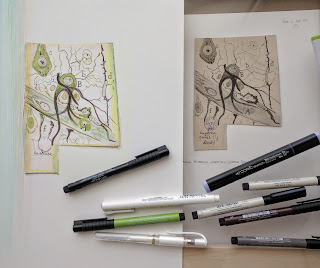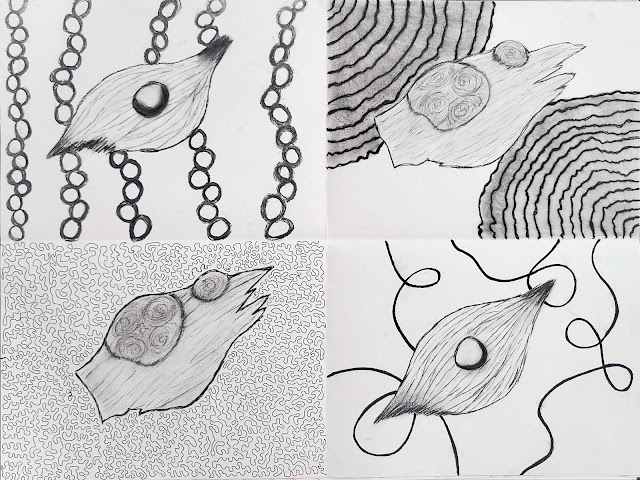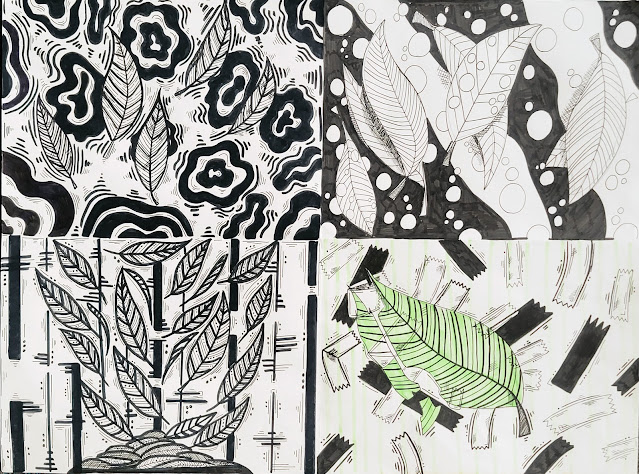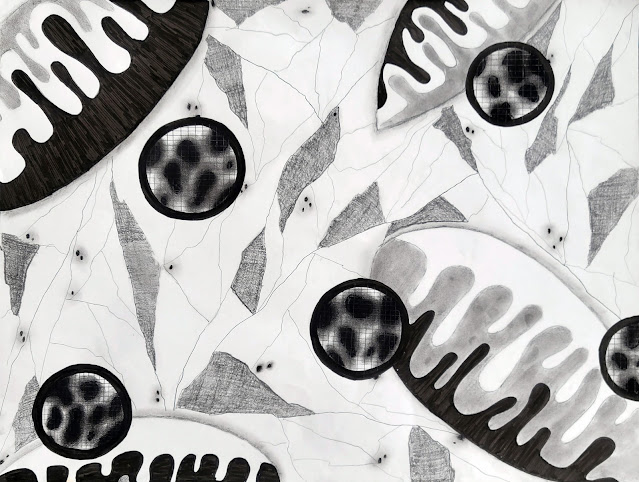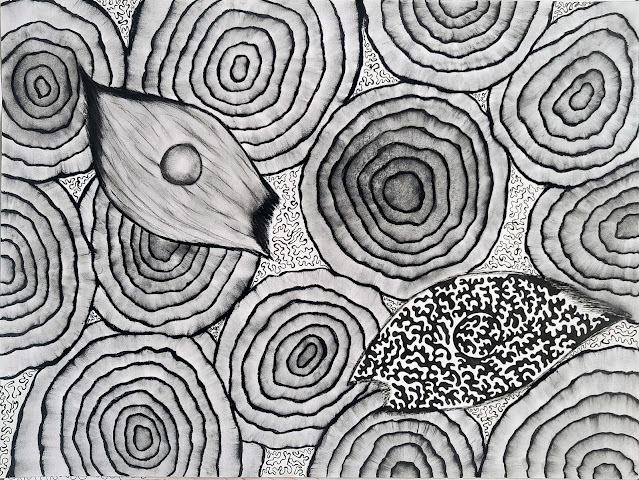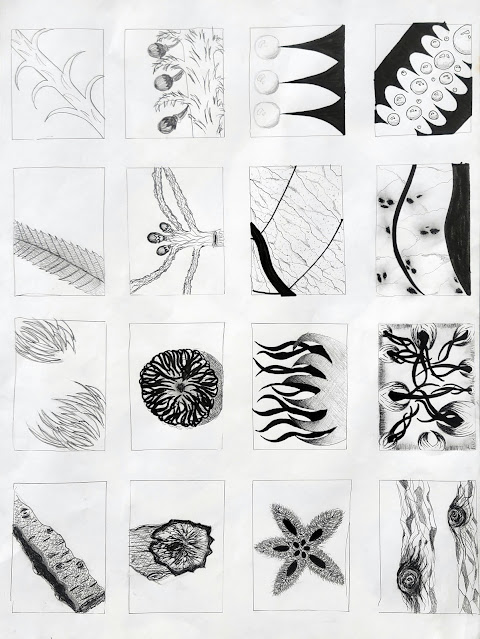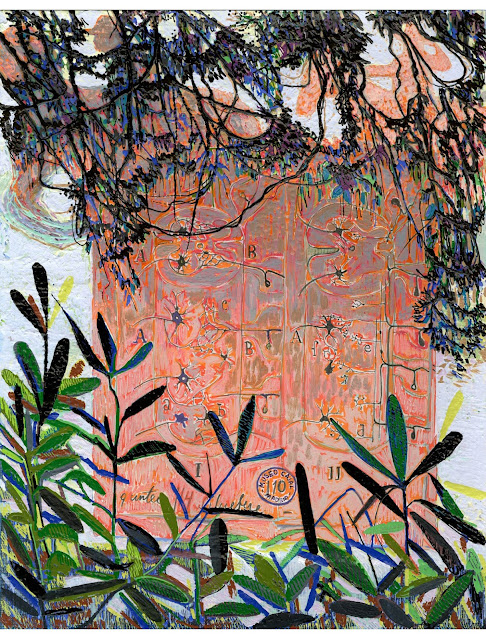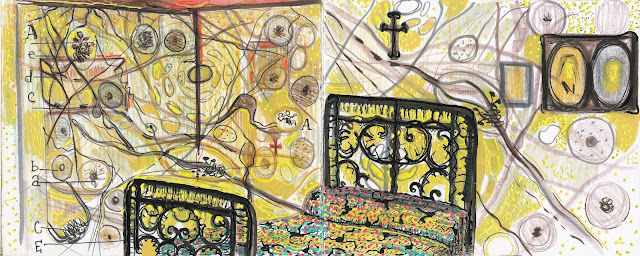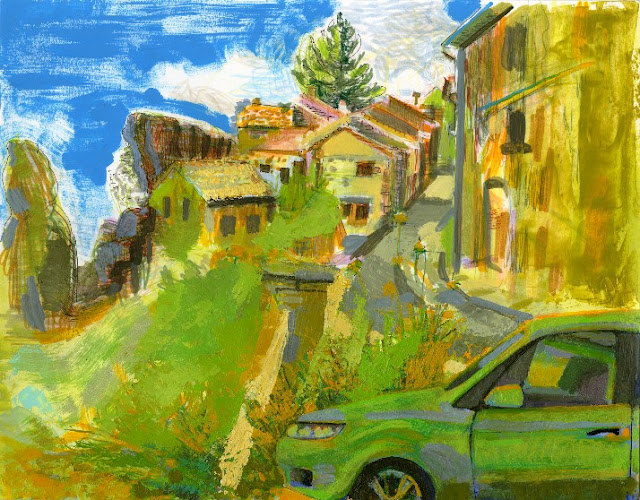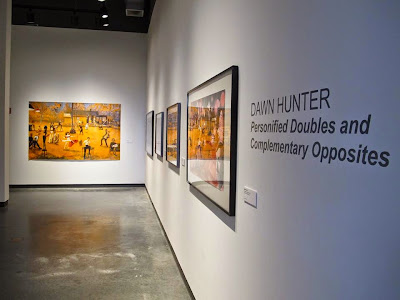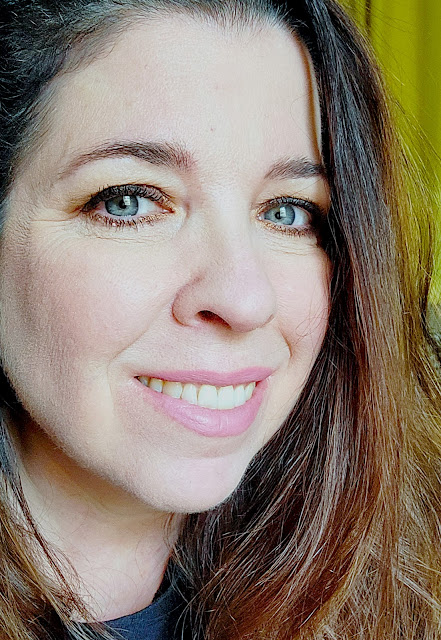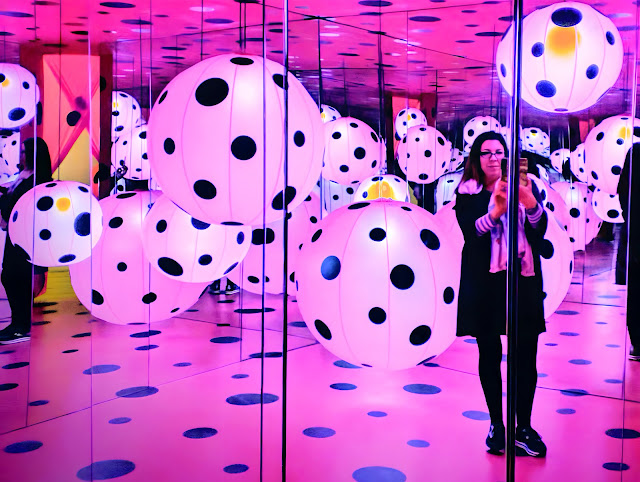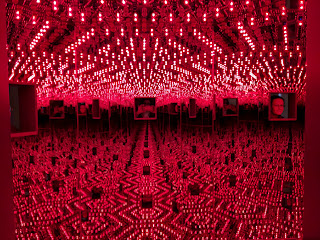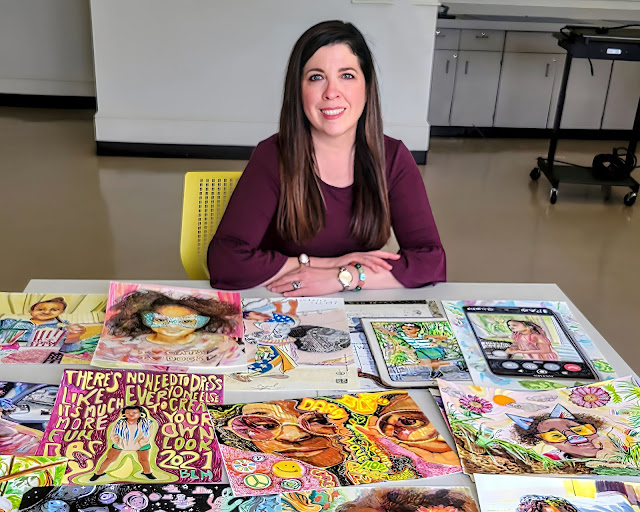As an artist coaxes life from the austere medium of marble or a scientist awakens inquiry through the microscopic dance of cells, so too must we consider our digital imprint on the world wide web. A website, much like the nucleus of a cell, forms the crux of this complex tableau, defining, structuring, and fundamentally giving essence to our online identity. This isn't an analogy drawn frivolously; rather, it draws deep parallels with the magnificent designs of life. The nucleus is the cell's center, and it is filled with DNA blueprints that direct its function and purpose. A website is a meticulously curated digital fulcrum of our virtual existence, broadcasting our passions, capabilities, and contributions in a complex lattice of text, graphics, and links with code. On a website, we communicate who we are and what we do, shaping how the digital world perceives and interacts with us. Therefore, crafting this digital nucleus becomes an act of expression, blending the precision of science with the depth of art as we craft a coherent, authentic, and engaging narrative of our identity in the vast virtual cosmos.
The sanctity of our online nucleus, our website, is non-negotiable. Just as a biological cell enforces a membrane barrier against invading pathogens, the integrity of a website's domain needs safeguarding against digital marauders. These agents of chaos, armed with malevolent intent, seek to infiltrate our digital identities, corrupt our narratives, and compromise the authenticity of our self-expression. Thus, prioritizing domain protection is akin to maintaining the cellular health in a biological context. Ensuring robust security protocols, utilizing cutting-edge encryption, and regularly updating safeguards not only preserves our artistic or scientific endeavor in the virtual realm, it also guarantees the trust of those who interact with our domain. Much like an art historian would painstakingly preserve a masterpiece, or a biologist would protect a specimen, we must similarly guard our digital presence from degradation and corruption. The fortress we build around our online nucleus thus becomes a testament to our commitment to digital security, the preservation of our identity, and the respect for the spaces we inhabit and share in the digital universe.
As we navigate the nuanced landscape of digital presence, it's essential to understand the interplay between domain ownership and website hosting—two fundamental elements that, while closely intertwined, serve distinct functions. This distinction is akin to the difference between owning a precious artwork and having a secure gallery to display it. Domain ownership is your claim on a unique address on the web, your 'digital real estate,' if you will. It's the URL that directs users to your piece of the internet, much like the title of a painting guides art enthusiasts to a specific work. Website hosting, on the other hand, is akin to the gallery space where the artwork resides. It's a service that provides the infrastructure needed to display your website - the content, images, and features - on the internet. The domain brings your audience to your door, but it's the hosting that allows them to interact with everything inside. Both are indispensable in shaping and presenting your online identity, requiring strategic investment and judicious management for an engaging and secure online presence.
In the evolving digital landscape, the tactics employed by hackers have transformed into an intricate dance of deception, impersonation, and technical prowess. Their techniques echo the sophisticated forgeries of the art world, and just as the untrained eye may be fooled by a counterfeit, even the most seasoned online denizens can fall prey to such exploits. Recent developments have seen hackers impersonating reputable domain ownership and website hosting platforms, producing convincingly disguised emails to lure unsuspecting users into divulging sensitive information. This constitutes a form of phishing, where these digital miscreants masquerade as trusted entities, exploiting our reliance on these platforms and threatening the sovereignty of our digital nuclei. The deception is so intricate, the mimicry so convincing, that it lures the unwary into a dangerous game of trust, placing not just our personal data, but the very ownership of our online domains at risk. This digital art of deception, much like the craft of a master forger, is targeted towards creating opportunities for theft, underscoring the necessity of constant vigilance and fortified safeguards in our interactions with the digital world.
Should you find yourself ensnared in such an unscrupulous situation, it's essential to recall several key principles to safeguard your digital fortress. Firstly, remember that legitimate platforms hosting your domain or website will never request sensitive information pertaining to domain ownership via email. Their integrity is akin to that of a respected museum, preserving, not violating, your trust.
Secondly, if you own a premium website, like, for example, www.dawnhunter.com, no authentic platform will ever propose to auction off your domain, or cite its premium status as a reason list it in order to gain valuation insight on another platform. It's your masterpiece; they're simply the custodians.
Thirdly, it's imperative never to respond to or click on links within suspicious emails. Much like you wouldn't touch a fragile artifact in a museum without gloves, interacting with phishing emails can lead to irreversible damage. If you receive an email that looks authentic but raises suspicion, directly contact the supposed sender, such as your domain hosting or parking service, to verify its legitimacy. Never underestimate the power of double-checking, just as an art historian would verify a work's provenance.
Always ensure your domain remains locked, acting as the robust security system that protects valuable artworks in a gallery. If you observe dubious activity, it's not only permissible but encouraged to report such instances to ICANN or your local authorities. Like alerting museum security to potential threats, this proactive step can help maintain the security of the broader digital landscape, preserving the sanctity of our collective online expression.
In conclusion, our journey through the intersections of digital domain ownership, website hosting, and cybersecurity echoes the intricate choreography of The Dance: A Cell Block Tango Biological Pun, my recent artistic endeavor. This series, features figures emerging in the cell membrane, the nucleus, and the cytoplasm, and the inclusion of a painting from this series (along with a composition ideation landscape) in this article symbolizes the delicate balance we must maintain in crafting, curating, and safeguarding our digital identities. Like the dance of the cell, our online existence is a continuous ballet of expression, interaction, and vigilance. Our website—the nucleus of our online identity—demands the same respect, care, and protection as a cell in preserving life's vitality. It's essential to remain mindful of our potential challenges, understand the art of deception in the digital landscape, and equip ourselves with the knowledge and tools to protect our precious digital domains. In the end, our online presence is a canvas upon which we paint our intellectual, emotional, and creative identities; a masterpiece worth safeguarding with as much fervor as any priceless art or groundbreaking scientific discovery.



